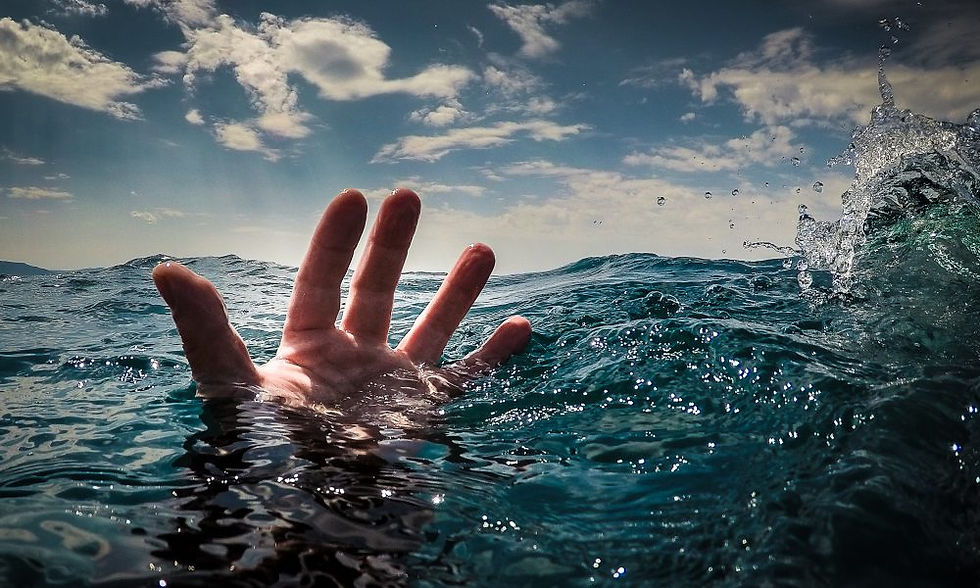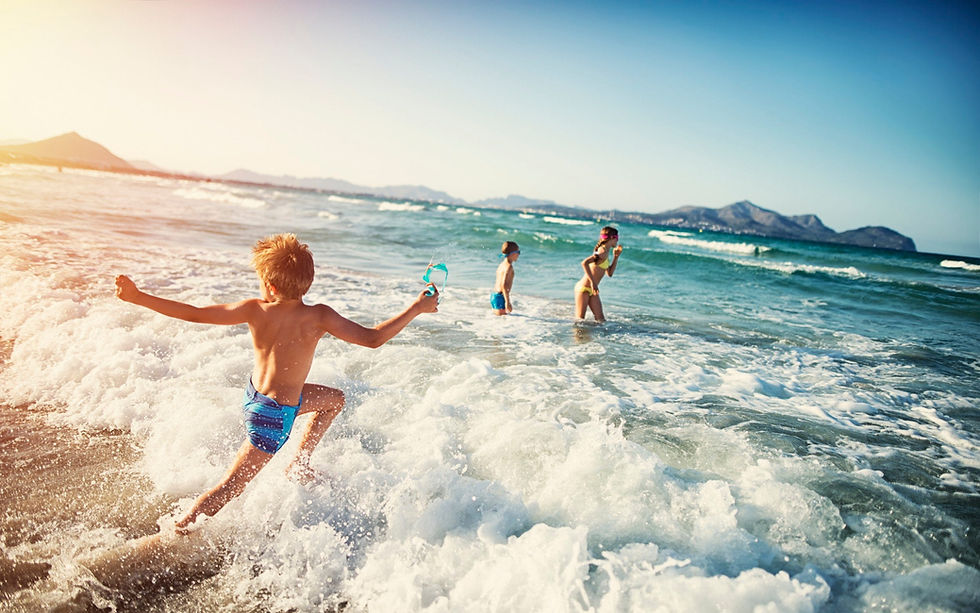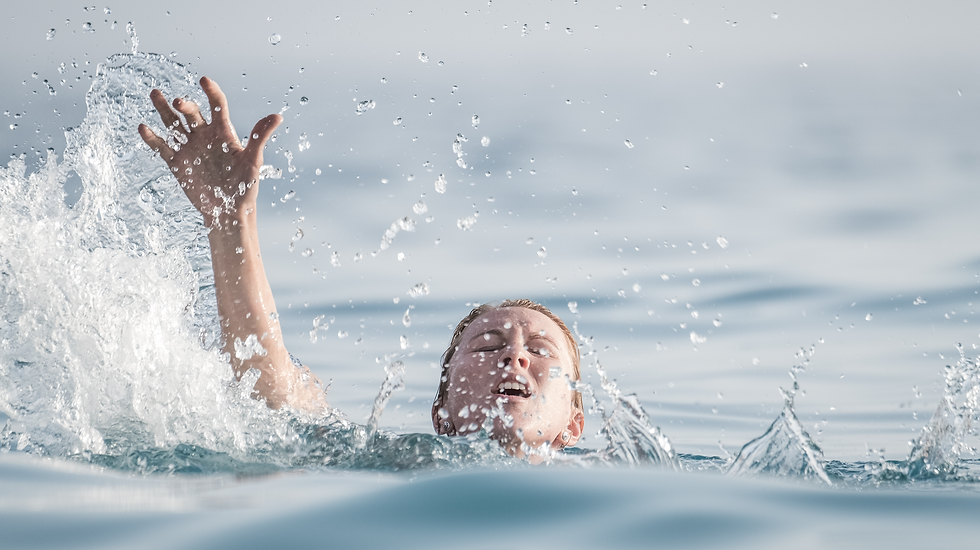Drowning: More Than Meets the Eye
- SGFIRSTAID
- Oct 18, 2023
- 3 min read
Updated: Dec 6, 2024

There are various types of respiratory problems, it can be choking, asthma, hyperventilation etcetera. But, have you ever thought about how drowning can impact your respiratory system?
You’ve probably thought, “I know how to swim since young, there are lifeguards around. I’m totally safe even if something happened.” Well, think again because drowning can sneak up on anyone in just a matter of seconds.
Plunge Deep In Understanding Risks

Dive into the watery of understanding the perils that lurk beneath the surface – the risks of drowning. Age, often overlooked, plays a crucial role in this perilous equation, especially for males under 20 who face higher risks.
However, age is just a single ripple in the sea of risk factors. Pre-existing conditions, the influence of alcohol or drugs, and the seemingly harmless act of taking quick breaths or hyperventilating before going underwater all conspire to dramatically heighten your risk of drowning.
The Sneaky Nature of Drowning
You see, drowning isn't always the dramatic scene you've seen in movies. It's not about wild splashing or shouting for help. It's sneakier than that. When a person drowns, it happens like this:
The Downward Spiral of Drowning

Picture this: The victim can't keep their face out of the water, so they try to hold their breath. But there's a limit to how long one can hold their breath. As panic creeps in, they start to struggle desperately to stay afloat. For those who aren't strong swimmers, staying on the surface becomes a battle against fatigue.
If help is delayed, and that exhaustion kicks in, it's game over. They can't hold their breath any longer, and they gasp for air, unknowingly inhaling water instead. That's the turning point where drowning becomes life-threatening.
The Grim Reality of Drowning

As water rushes into the mouth and nose, coughing and gasping become chaotic, and the victim gulps down more water. The body's defense mechanism kicks in, with the airway going into a spasm to block further water from entering. But this protective reflex comes at a cost – a lack of oxygen.
With a constricted airway and the inability to breathe, the victim's body loses oxygen, and carbon dioxide builds up, making the situation even worse. Eventually, the contractions stop, and water starts flooding the lungs, leading to unconsciousness and, without help, the inevitable.
Lending a Lifeline
Now, let's talk about what you can do as a bystander. If you spot someone struggling in the water, do this:
Alert Lifeguards: If there are lifeguards around, get their attention pronto.
Safety Is Number One Priority: If you're trained in water rescue and it's safe to do so, go ahead and attempt a rescue. But remember, your safety comes first.
Throw a Lifeline: If you can't do a rescue, throw a rope, a flotation device, or anything the victim can grab onto. Encourage them to hold tight and pull them to safety.
Dont Wait, Call 995: Call for professional help immediately, every second counts.
Dry and Warm: Once they're out of the water, dry them off and wrap them in a cozy blanket, or otherwise help bring the person’s body temperature back to normal.
Change positions: Switch to a sitting position if they are feeling breathless. If they’re too exhausted, let them lie on their side.
Keep Watch: Keep a close eye on them. If they stop responding and aren't breathing, it's CPR time. Don't be surprised if some water or vomitus comes out of their mouth during CPR – just turn their head to the side and clear any blockages. Use your finger to sweep up, any solids, or semi-solids substances.
Once on dry land, lay them flat, keep the head and neck very still in case of spinal, neck, or head injuries.
If AED is available, dry their chest and apply the AED pads. Await for instructions from the AED and resume CPR again when prompted by AED. You should continue to do so until help arrives and takes over.
Preparedness is Key
Being ready to recognise and respond to emergencies is crucial, and having first aid knowledge can significantly impact critical situations. Enrolling in any of our first aid courses is an excellent way to equip yourself with the skills and knowledge required to assist those in need and potentially save lives.
Here are some of our most popular First Aid courses:
3) BCLS AED
